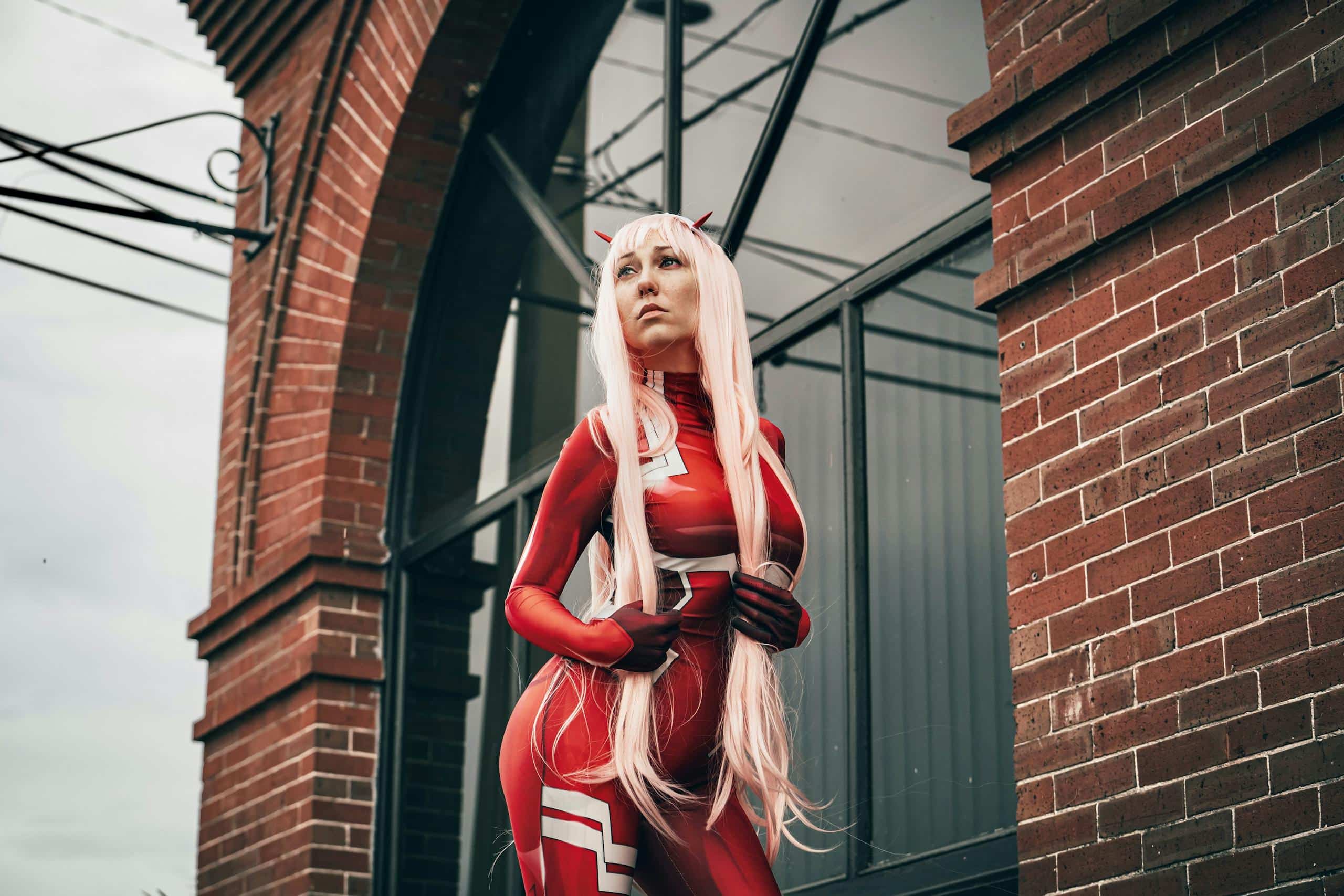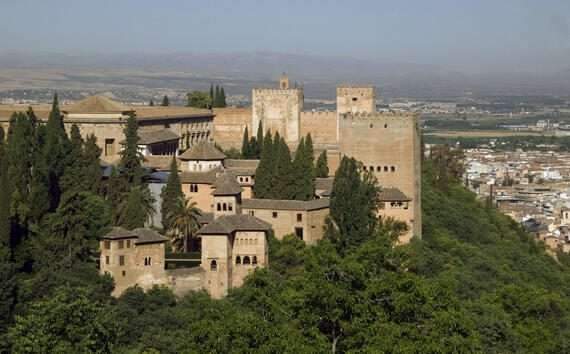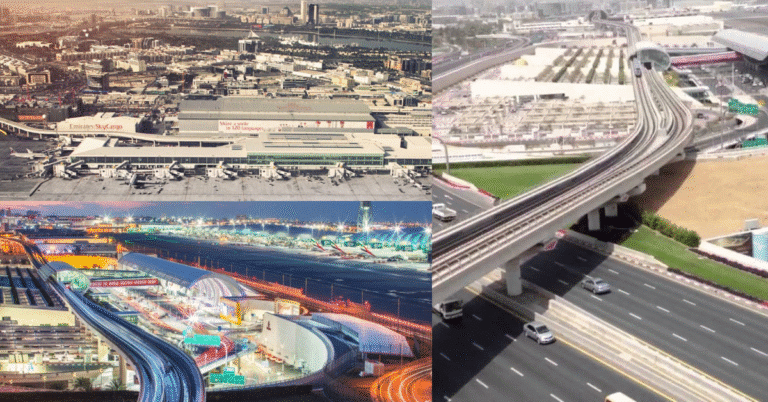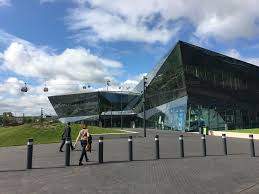Anime and Architecture: A Study in Visual Storytelling and Cultural Crossroads
Anime, as a form of visual storytelling, is more than just vibrant characters and fantastical plots it’s a medium that utilizes architecture as a powerful narrative device. From futuristic skylines to traditional Japanese structures, anime portrays architecture in ways that not only enhance the aesthetic experience but also reflect cultural, social, and emotional undercurrents. In this essay, we explore the relationship between anime and architecture, providing examples of how animated storytelling interacts with built environments to convey meaning and inspire audiences.
The Intersection of Anime and Architectural Design
Architecture plays a critical role in anime by setting the scene, evoking emotions, and shaping the narrative. It defines the physical space in which characters interact and can even take on a personality of its own. The cities, houses, and buildings depicted often reflect more than the setting they represent the emotional states of characters, cultural reflections, or the socio-political climate.
For example, Studio Ghibli, one of Japan’s most influential animation studios, consistently utilizes architecture as an essential element of its storytelling. In “Spirited Away” (2001), directed by Hayao Miyazaki, the bathhouse is central to the story. The bathhouse, an intricately designed building influenced by Edo-period architecture, symbolizes both tradition and the otherworldly. The building’s maze-like interior, wooden structures, and bustling atmosphere reflect Japanese culture’s deep-rooted connection to craftsmanship while simultaneously embodying a mysterious world of spirits and magic.
In “Akira” (1988), directed by Katsuhiro Otomo, Neo-Tokyo’s dense urban sprawl mirrors the chaos and unrest of the narrative. The architectural elements towering skyscrapers, shadowy alleys, and expansive highways serve as a physical manifestation of societal decay and futuristic dystopia. The influence of metabolism, a post-war Japanese architectural movement that envisioned large, adaptable megastructures, is evident in Neo-Tokyo’s designs, pointing to a vision of a city struggling to maintain control amidst rapid technological advancement and social disorder.
Traditional vs. Futuristic Aesthetics in Anime
Anime often contrasts traditional and futuristic aesthetics, which allows for an exploration of Japanese cultural identity amid modernity. In “Your Name” (2016), directed by Makoto Shinkai, Tokyo is depicted with realistic precision, capturing both the old and the new. Shinkai’s attention to architectural detail depicting bustling intersections, high-rise apartment complexes, and quiet Shinto shrines emphasizes the coexistence of tradition and progress in contemporary Japan. The architectural landscapes of Tokyo serve as a cultural backdrop, highlighting how the characters’ lives are intertwined with a dynamic, ever-evolving urban environment.
In contrast, “Ghost in the Shell” (1995), directed by Mamoru Oshii, presents a cityscape inspired by Hong Kong’s labyrinthine urban fabric. The film’s depiction of urban environments, with towering buildings and neon-lit streets, explores themes of technology, surveillance, and alienation. The architecture, characterized by dense, multi-layered spaces, acts as a metaphor for the blurred lines between human and machine offering a vision of the future where technology deeply influences not only the physical world but also individual identities.
Architecture as a Reflection of Emotion and Narrative
Anime’s use of architecture extends beyond aesthetics it often reflects the inner lives of its characters. The apartment in “Tokyo Godfathers” (2003), directed by Satoshi Kon, is a modest space that serves as a sanctuary for the three protagonists. The cramped, lived-in feel of the room speaks to themes of displacement and hope. The city of Tokyo itself, depicted with a blend of realism and stylized embellishments, becomes a character of its own, presenting the protagonists with both challenges and opportunities.
In “The Garden of Words” (2013), also by Makoto Shinkai, architecture plays an emotional role. The pavilion in Shinjuku Gyoen garden, where the protagonists repeatedly meet, symbolizes solitude and connection simultaneously. The interplay of natural and man-made elements in the garden’s design echoes the characters’ sense of isolation and longing for emotional intimacy.
Architectural Influence on Real-World Spaces
Interestingly, the architectural styles and environments depicted in anime often inspire real-world spaces and architectural design. The popularity of anime has encouraged the construction of themed cafes, park pavilions, and even urban landmarks that mimic elements from well-loved anime series. For instance, the “Dōgo Onsen” in Matsuyama, Japan, inspired the bathhouse in “Spirited Away,” and has since seen increased tourist attention due to its resemblance to the iconic building in the film. This reciprocal influence between anime and physical architecture exemplifies how animated art can shape real-world spaces, blurring the lines between fiction and reality.
Thematic Reflections: A Global and Cultural Perspective
Anime does not merely use architecture as a backdrop it presents a dialogue between built form and cultural identity, between individual characters and their environments. This narrative focus on architecture allows anime to explore themes such as the impact of urbanization, the balance between nature and humanity, and the collision of modern and traditional values. For example, “Attack on Titan” (2013) utilizes walled cities that protect the last remnants of humanity, evoking medieval European architecture while symbolizing human resilience, fear, and isolation.
The cultural significance of architectural styles in anime also speaks to the universality of certain architectural elements. Whether through depicting lushly detailed countryside homes, decaying industrial zones, or high-tech cityscapes, anime provides viewers with a diverse range of architectural experiences that cross cultural boundaries and speak to shared human experiences.
Conclusion: Anime’s Architectural Language
Architecture in anime is more than a visual aesthetic it is a language that communicates culture, emotion, and narrative. It captures the delicate tension between past and future, chaos and order, the fantastical and the real. By creating worlds that blend architectural styles from traditional Japanese craftsmanship to visions of futuristic megacities anime offers a lens through which viewers can explore not only the built environment but also the cultural and emotional contexts that shape it.
Anime’s portrayal of architecture ultimately enriches both storytelling and viewers’ appreciation of the environments they inhabit. It shows how the physical world interacts with the human condition, creating spaces where fantasy and reality converge. As anime continues to evolve, so too will its architectural language—offering deeper insights into the dynamic relationship between people and the spaces they create, inhabit, and imagine.






